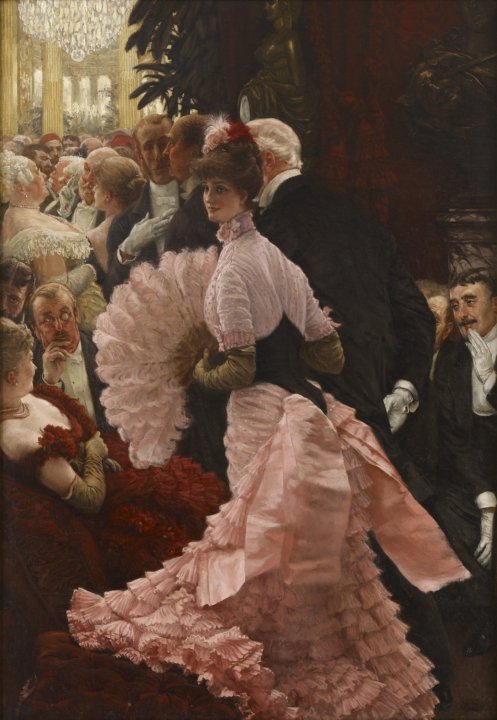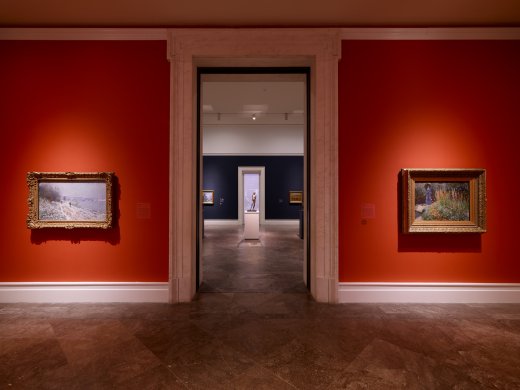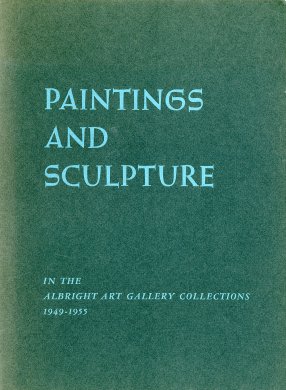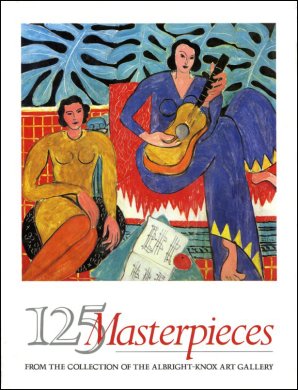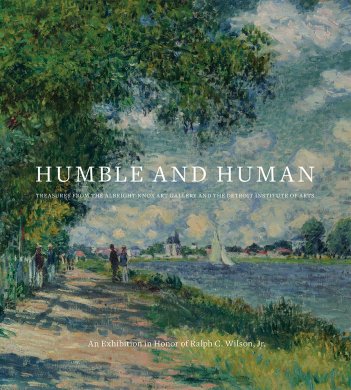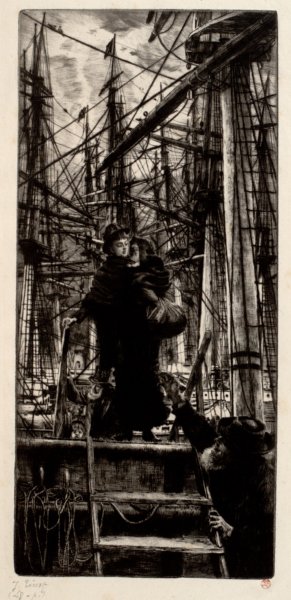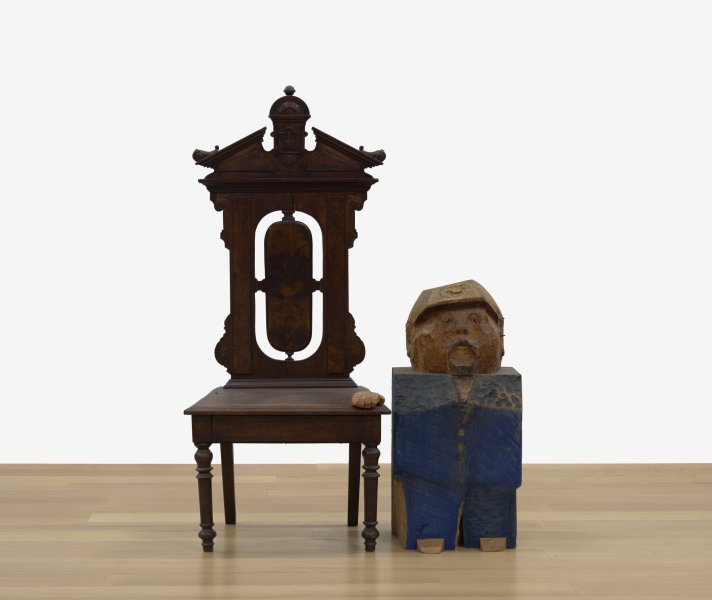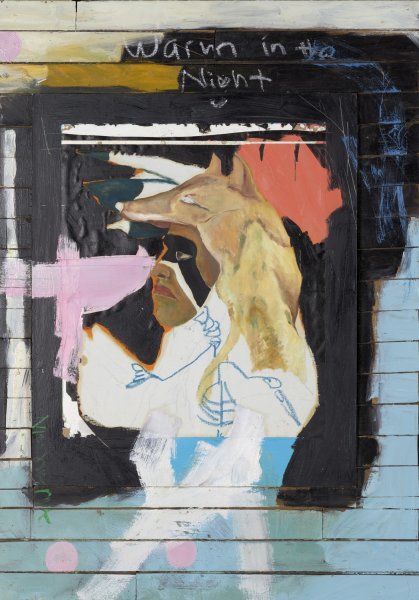James Tissot
French, 1836-1902
L'Ambitieuse (Political Woman), 1883-1885
Artwork Details
Currently on View
Collection Highlight
Materials
oil on canvas
Measurements
support: 56 x 40 inches (142.24 x 101.6 cm); framed: 73 1/2 x 55 3/4 x 5 1/4 inches (186.69 x 141.61 x 13.33 cm)
Collection Buffalo AKG Art Museum
Credit
Gift of William M. Chase, 1909
Accession ID
1909:10
L'Ambitieuse (Political Woman), also referred to as The Reception, belongs to a series of fifteen large paintings that James Tissot executed between 1883 and 1885. The series, entitled “La femme à Paris,” contains some of his most trenchant observations and comments on late nineteenth-century Parisian society. The political arena inhabited by this painting’s subject is a social one. The visual narrative Tissot unfolds throughout the composition implies that this young woman aims to improve her own position by making herself a stylish and vital guest in the ballrooms and salons frequented by the French upper class. As described in an exhibition catalogue published by the Arthur Tooth Gallery in London, where this work was shown in 1886, the central figure’s pink dress, “ . . . is a marvel of the dressmaker’s art, with its multitude of tiny flounces, its black girdle, its pink sash, and the color of her pink ostrich feather fan has been carefully studied and matched.” At the time he created this work, Tissot had only recently returned to the city. In 1871, he fled the chaos of the Franco-Prussian War and the Paris Commune for London. With “La femme à Paris,” Tissot attempted to document what made the modern Parisian woman unique, while also proving that he was still attuned to the pulse and inner workings of this fashionable urban society.
